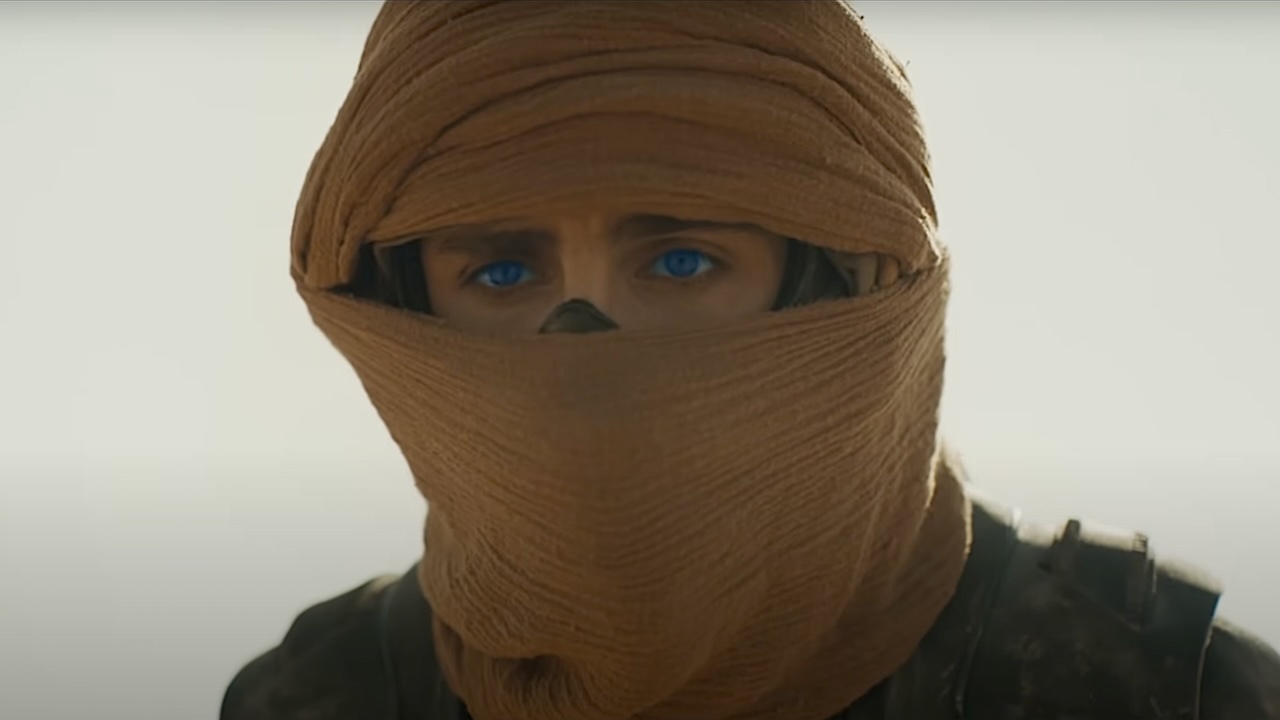There were high expectations surrounding Denis Villeneuve’s 2024 movie release Dune: Part Two. However, nobody set a higher standard for the sequel than Villenueve himself, whose love of the source material and perfectionism made his approach to the film intense. The result was a visual marvel, with many critics lauding the Dune sequel for taking the sci-fi genre to new heights. A standout sequences was when Timothée Chalamet’s Paul Atreides rode a sandworm for the first time, and I'm now tired after hearing how that all came together.
Denis Villeneuve recently sat down with Ted Lasso’s Brett Goldstein for Screen Talk at the BFI London Film Festival. It was there that the Canadian filmmaker chatted about the biggest movies in his filmography as well as his career so far. Of course, he opened up about his latest film, Dune: Part Two, which became a box office hit. When asked about the much-discussed sandworm-riding sequence in the film, the director confessed that his perfectionism made the shoot a difficult one. He explained his approach, saying (via Variety):
I realized that, the way I wanted to approach this, I didn’t want to compromise. Most important with visual effects is, how will you shoot it? And I wanted to shoot it with natural light. And I realized it would take months to shoot it. Each shot was very complex. Each shot took sometimes half a day, sometimes a day, sometimes a week for one shot because of the complexity. If I had done it myself, I would still be shooting.
Even with an accomplished cinematographer like Greig Fraser to reign in the director's ambitions (which may have led to him still working on the sequence today), the process was undeniably monumentous. The sequence took 44 days to film and required a separate film unit aptly called “the worm unit.” This is because the decision to use CGI for the sandworm mixed with natural light in a desert means that every shot had to be perfect and the environment had to be as controlled as possible.
Not many directors could pull off such a feat, but Denis Villeneuve was able to. Of course, he had help, with the worm unit proving to be incredibly invaluable. That crew of skilled artisans was led by Tanya Lapointe, who "perfectly understood" Villeneuve's vision. (She also happens to be married to the Arrival director.)
It can be hard to wrap one’s head around how lengthy a 44 day shoot for one sequence is. For context, many movies in their entirety take less than that to film. Also, considering the intense physicality involved when Timothée Chalamet is actually riding the sandworm with the dust flying up, I can imagine this was exhausting. The thought of all of this tedious work really is enough to make anyone tired with a mere thought of it. However, I probably speak for a lot of fans when I say that the effort is appreciated.

Denis Villeneuve Explains Why His Dune Movies Won't Really Be A Trilogy
Despite the intensity of the show, I'd say it was all worth it. The sandworm scene is absolutely breathtaking, and the blend between digital and practical effects is seamless. Every shot is near perfect, and the time and diligence involved with making the whole thing cinematic and epic translates beautifully on film. The sandworm sequence is an unprecedented cinematic achievement and makes me excited for what else Denis Villeneuve has in store for audiences in the heavily-teased Dune: Messiah. Based on what he did with Part Two, I'd imagine Villeneuve will pull no punches with the next film.
Fans can stream Dune: Part Two now with a Max subscription. The Denis Villeneuve-helmed epic is returning to select theaters for special screenings this month, so make sure to check it out on the big screen if you missed its initial theatrical run.

